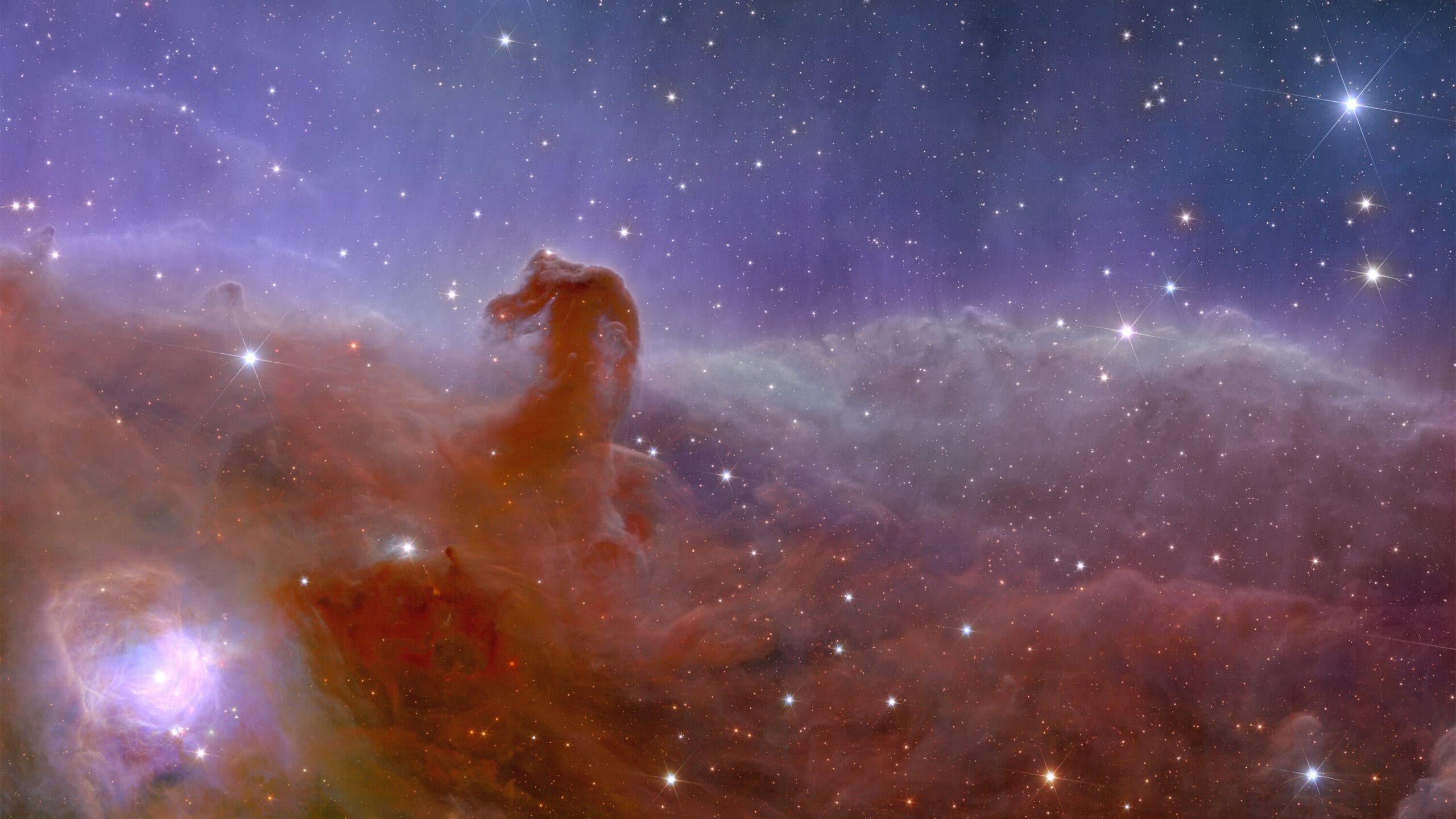The yearly review conducted by NASA’s Aerospace Safety Advisory Panel (ASAP) has brought to light a critical safety issue with Boeing’s CST-100 Starliner spacecraft. This revelation underscores ongoing concerns with the spacecraft’s readiness and reliability in fulfilling its intended role within NASA’s Commercial Crew Program. The issue has prompted further scrutiny and speculation about whether the program, which is significantly behind schedule, will ever meet NASA’s expectations.
For Boeing, the Starliner was meant to be a cornerstone of its collaboration with NASA for ferrying astronauts to the International Space Station (ISS). However, the program has been riddled with delays, budget overruns, and a series of technical mishaps since its inception. According to the recent findings in the ASAP report, the newly identified issue raises significant safety concerns that must be addressed before the spacecraft can be deemed ready for manned missions.
The exact nature of the safety flaw was not fully disclosed in the report. However, it aligns thematically with a lengthy list of prior issues that the spacecraft has encountered, ranging from parachute failures to critical wiring vulnerabilities. Such problems have led to repeated delays in critical tests and the postponement of planned crewed missions.
Boeing has been developing the Starliner as part of NASA’s effort to reinvigorate American human spaceflight capabilities. The program has faced persistent competition from SpaceX’s Crew Dragon spacecraft, which has already completed several successful manned missions to the ISS. The contrast between SpaceX’s accomplishments and Boeing’s stumbles has further elevated questions about the merits of continuing significant investments in the Starliner project.
NASA has stated that resolving Starliner’s ongoing issues is critical to moving forward. “The success of the Commercial Crew Program requires multiple providers, and we remain committed to working with Boeing to overcome these challenges,” a NASA spokesperson commented, emphasizing the agency’s broader goal of redundancy in crew transportation capabilities.
Panel members noted that while NASA and Boeing have made progress in key areas, the new issue represents a setback that may further delay the timeline for the spacecraft’s crewed flight test. The Crew Flight Test, which has already been pushed back multiple times, is now under an indefinite delay while investigations and rectifications are underway.
The delays have come at a steep cost for Boeing. Financial filings reveal that the company’s Starliner program has already incurred losses exceeding $2 billion. Despite these costs, Boeing executives maintain that the Starliner will ultimately be a success. Yet, skeptics argue that the project’s constant struggles could diminish NASA’s confidence in continuing its partnership to the same extent.
Adding to the situation’s gravity, safety advisers have begun questioning whether NASA even needs the Starliner program if SpaceX can consistently deliver reliable human spaceflight services. This opens a larger conversation about how NASA should allocate its resources in an era of decreasing budgets and increasing private-sector logistical support for space operations.
In the broader context, the challenges faced by the Starliner program serve as a cautionary tale about the complexity of modern spaceflight and the intricate balance required between financial investment, technical innovation, and safety assurance. Each issue uncovered delays the progress of human exploration, eroding public and governmental trust in the program.
Looking ahead, a coordinated response from both Boeing and NASA will be essential to navigating the program’s next steps. Whether this represents the final hurdle before the spacecraft’s eventual deployment—or the beginning of an end for the Starliner program—remains unclear.
The space industry will continue to closely watch Boeing’s journey with the Starliner. This scenario will not only shape the immediate future of NASA’s human spaceflight endeavors but also serve as a model case for public-private partnerships in the evolving landscape of aerospace exploration.



